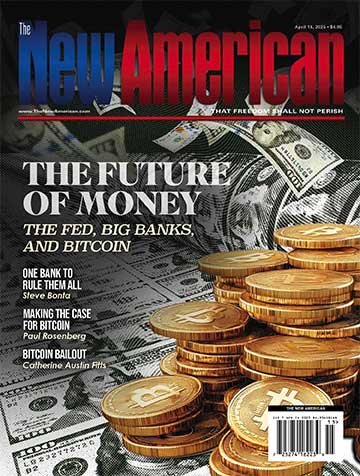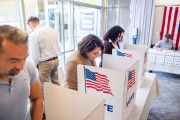
A new study confirms everyone’s suspicions about the intersection between the corporate world and the executive branch of the U.S. government. “Money can buy you greater access to the White House, and … for corporations, that access translate[s] into big returns on Wall Street,” researchers Jeffrey Brown and Jiekun Huang reported in the Politico magazine.
Brown, a professor of business at the University of Illinois at Urbana-Champaign, and Huang, an assistant professor of finance at the same institution, reviewed the visitor logs from President Barack Obama’s White House and identified “2,286 meetings between federal government officials and corporate executives from S&P 1500 firms.” Obama himself was the third most-visited official, with only his senior advisor Valerie Jarrett and economic advisor Jeff Zients receiving slightly more corporate bigwigs.
The researchers found that “corporate executives’ meetings with White House officials were associated with cumulative positive abnormal stock returns of approximately 0.9 percent in the two months immediately following the meetings.” Nine-tenths of a percent may not sound like much, but as Brown and Huang noted, “For multibillion dollar corporations, this means that a single White House visit by a corporate executive can add hundreds of millions of dollars to shareholder value.”
Executive-branch officials, of course, have countless requests for face time, so how do they decide which ones to grant? “Perhaps unsurprisingly,” the professors wrote, “firms that spent more on lobbying and firms that contributed more to Barack Obama’s presidential election campaigns were more likely to gain access to his White House.” This, naturally, runs contrary to Obama’s portrayal of himself — with the assistance of much of the mainstream media — as an incorruptible man of the people and an indefatigable foe of corporations.
Brown and Huang also found that after the 2016 elections, companies that were tight with Obama “experienced significantly lower stock returns than otherwise similar companies” — a further demonstration that White House access, whether perceived or real, can have a big impact on businesses’ balance sheets.
How, exactly, do White House visits translate into profits? Brown and Huang listed their three main findings.
“First,” they wrote, “firms with access to the White House received a larger increase in government contracts following their meetings with federal officials than those firms without access.” The researchers calculated that, on average, the increase resulted in about $34 million in additional profits each year.
Second, companies with access to the president and his aides were able to obtain “more favorable regulatory actions” than their competitors, the professors found. They pointed to the example of Google, which, after years of sending executives to the White House on a weekly basis, got the Federal Trade Commission to scotch an antitrust investigation into the technology giant. (It didn’t hurt that former Google employees also filled dozens of Obama administration positions.)
“Third,” penned Brown and Huang, “companies that are privy to the inner workings of the government and the policymaking process may be better able to mitigate political uncertainties and improve corporate decision-making.” The researchers “found that firms whose executives visited the White House became less likely to cut back on investments during periods of heightened policy uncertainty relative to firms that did not visit.” In other words, since they know what to expect from Washington, politically connected companies can respond accordingly and reap rewards that their less-informed competitors cannot.
Now, as any honest researcher will tell you, correlation does not imply causation. The fact that profits follow White House visits does not prove that the visits and the decisions made as a result of them caused the windfalls; nor does the fact that corporate campaign contributors tend to profit from administration actions prove that the contributions led to those actions and the subsequent gains. “Still, the potential for quid pro quo exchanges between private firms and government officials, where policy favors are traded for political or personal gains, is real,” observed Brown and Huang. “Even in those cases that don’t rise to an explicit quid pro quo, there’s the possibility that officials are influenced in ways that cause them to behave differently than they otherwise would.”
Because of these potential pitfalls, it is good for the American people to have access to the White House visitor logs so they can gauge the extent of corporate (and non-corporate) influence in the executive branch. Obama made most of his logs public, though only as part of a lawsuit settlement. President Donald Trump, however, has chosen to keep his under wraps, citing that last refuge of the imperial presidency, “national security.”
Whether or not the logs are made public, the real problem lies not in the ability of corporations to influence federal policy but in the ability of the government to dole out favors in return. If the federal government were forced to abide by its enumerated powers, there would not be much to gain by lobbying officials. This is particularly true of the executive branch, which constitutionally wields relatively little power. Whittling the federal government down to size would do far more to reduce outside influence than any transparency policies or after-the-fact studies ever could.




